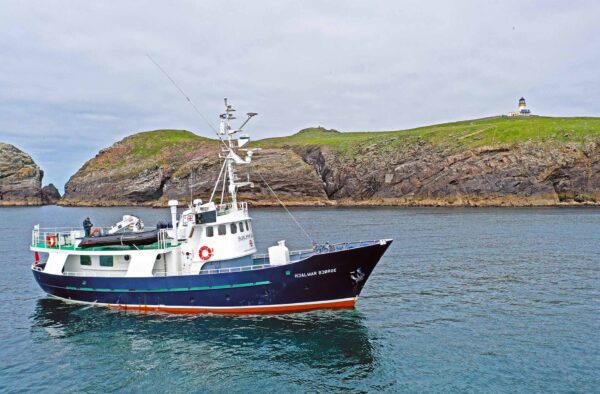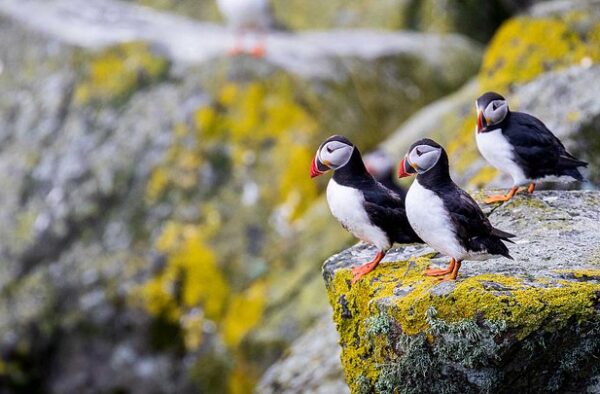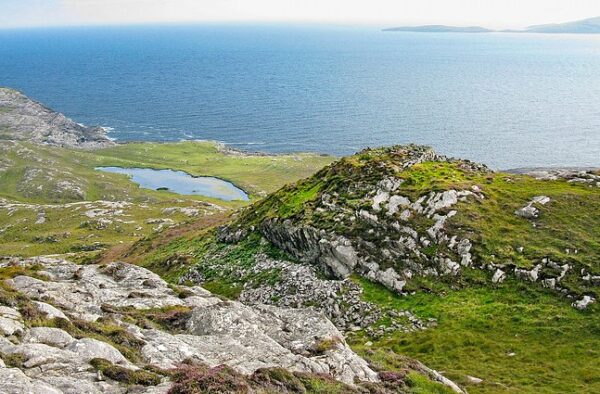Mull and Iona
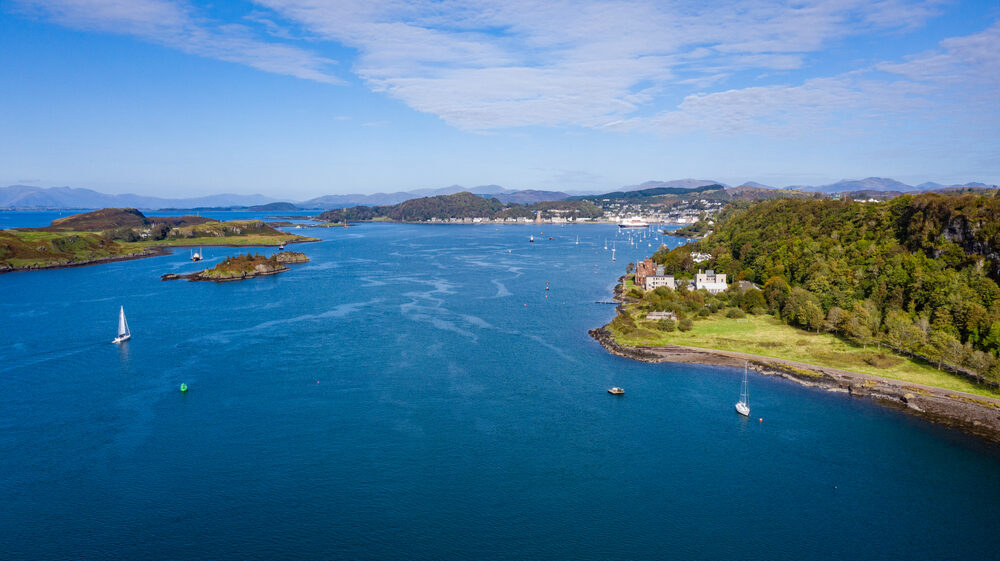
Oban, Kerrera and Mull
After leaving Oban we usually pass Kerrera and cruise north up the Sound of Mull. Just out of Oban, Lochs Buie, Spelve and Don – all on Mull – are excellent places for viewing both golden and white-tailed sea eagles. There are resident otters here and eider ducks and terns are frequently seen during the crossing. We pass Lismore where Duart Castle is easily spotted shortly before Craignure – Mull’s main ferry terminal – where we occasionally stop. From here it’s just a one-mile walk to Torosay Castle and its stunning 12-acre gardens featuring gazebos, fountains and a parade of nineteen 18th Century Italian statues. Return via the miniature railway for a memorable journey. Tobermory, the modestly sized “capital” of Mull, offers a variety of interesting shops along its famous brightly coloured high street. Here you might like to sample one (or more) of the extensive range of malt whiskies in the Mishnish Hotel.

Did you know that Mull is the third largest of all the Scottish islands?
… and also the highest with Ben More reaching 966m? There are some fascinating natural wonders to be seen around the shores of Mull such as the fossil tree on the Ardmeanach peninsula and Carsaig Arches to the south. Gems such as these are difficult to reach by land and are best viewed from the comfort of the boat. There is a splendid four mile walk between Loch Buie and Loch Spelve upon which a variety of birds and mammals are usually seen. The ancient Moy Castle and Mull’s only stone circle, both in the village of Lochbuie, can be encompassed in this walk.
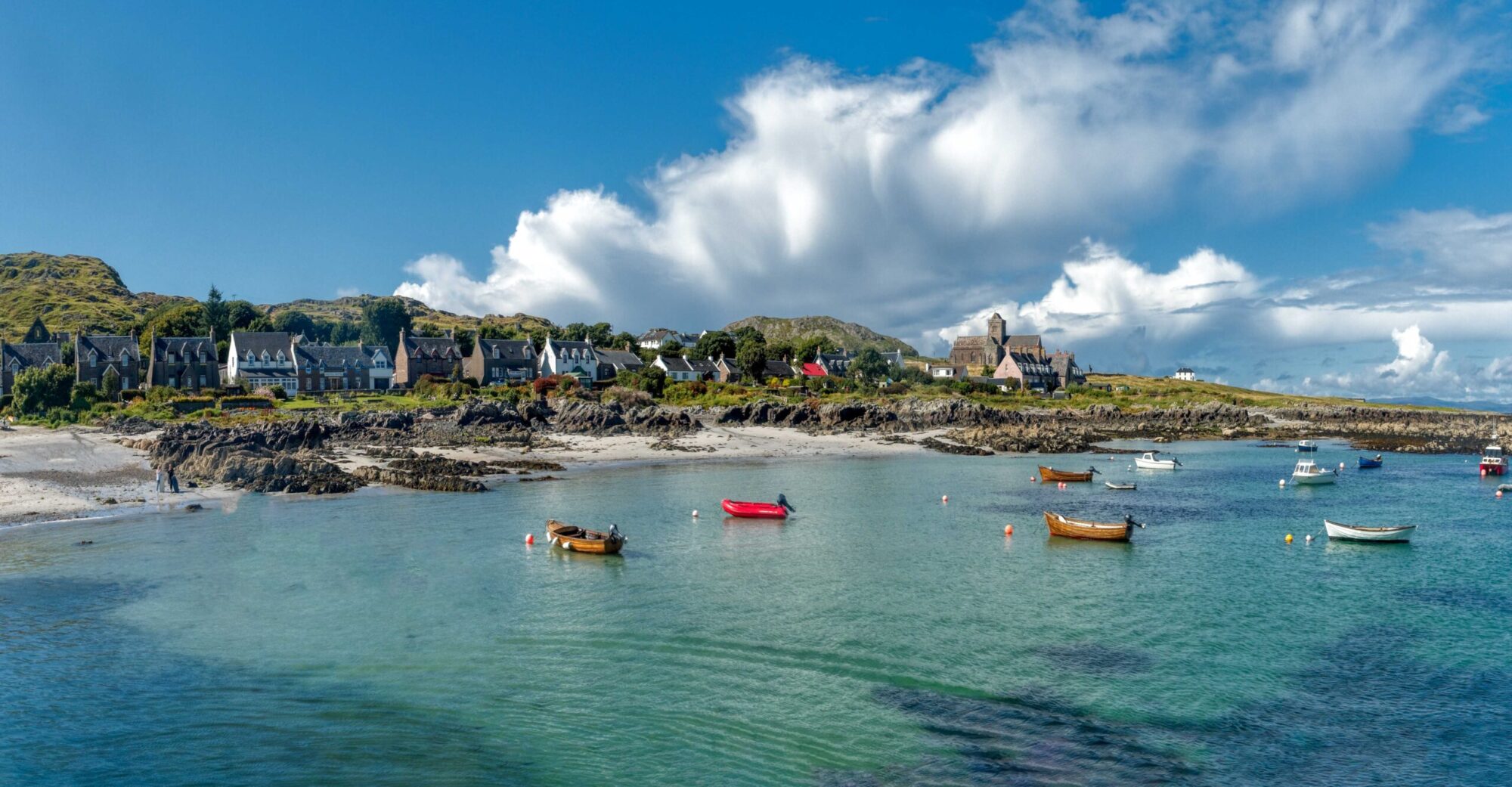
Iona
A popular stop for Hjalmar Bjorge, this small island just off the west coast of Mull separated by the shallow Sound of Iona. Hjalmar Bjorge can anchor in a couple of spots either side of this narrow waterway, depending on the weather and tides. But even if the weather isn’t favourable for the Sound itself our skippers know plenty of nearby overnight anchorages.
Iona boasts a rich history that stretches back over a millennium with it being founded in the 6th century by Saint Columba. Iona became a significant centre of early Christianity and a destination for pilgrimage being well known for its monastic community. The island played a pivotal role in the spread of Christianity throughout Scotland and beyond, becoming itself as a place of learning, culture, and spirituality. The remnants of this historical period can still be seen today, notably in the beautifully restored Iona Abbey, which you will be able to explore and check out the stunning architecture and serene surroundings of this island’s enduring legacy. Known as “The Sacred Isle”, Iona has around one hundred permanent residents though thousands travel to Iona every year to visit the famous abbey which was restored by the Church of Scotland in 1902 – 1910. It is said that there are over 60 kings buried in St Oran’s cemetery on Iona.
Corncrake are often heard on Iona but are rarely seen.


